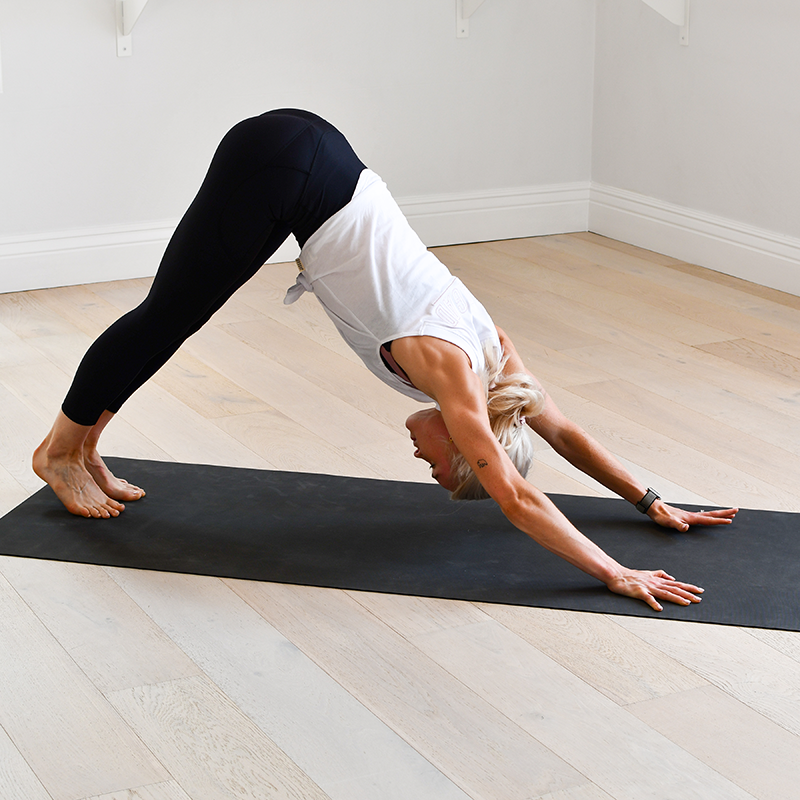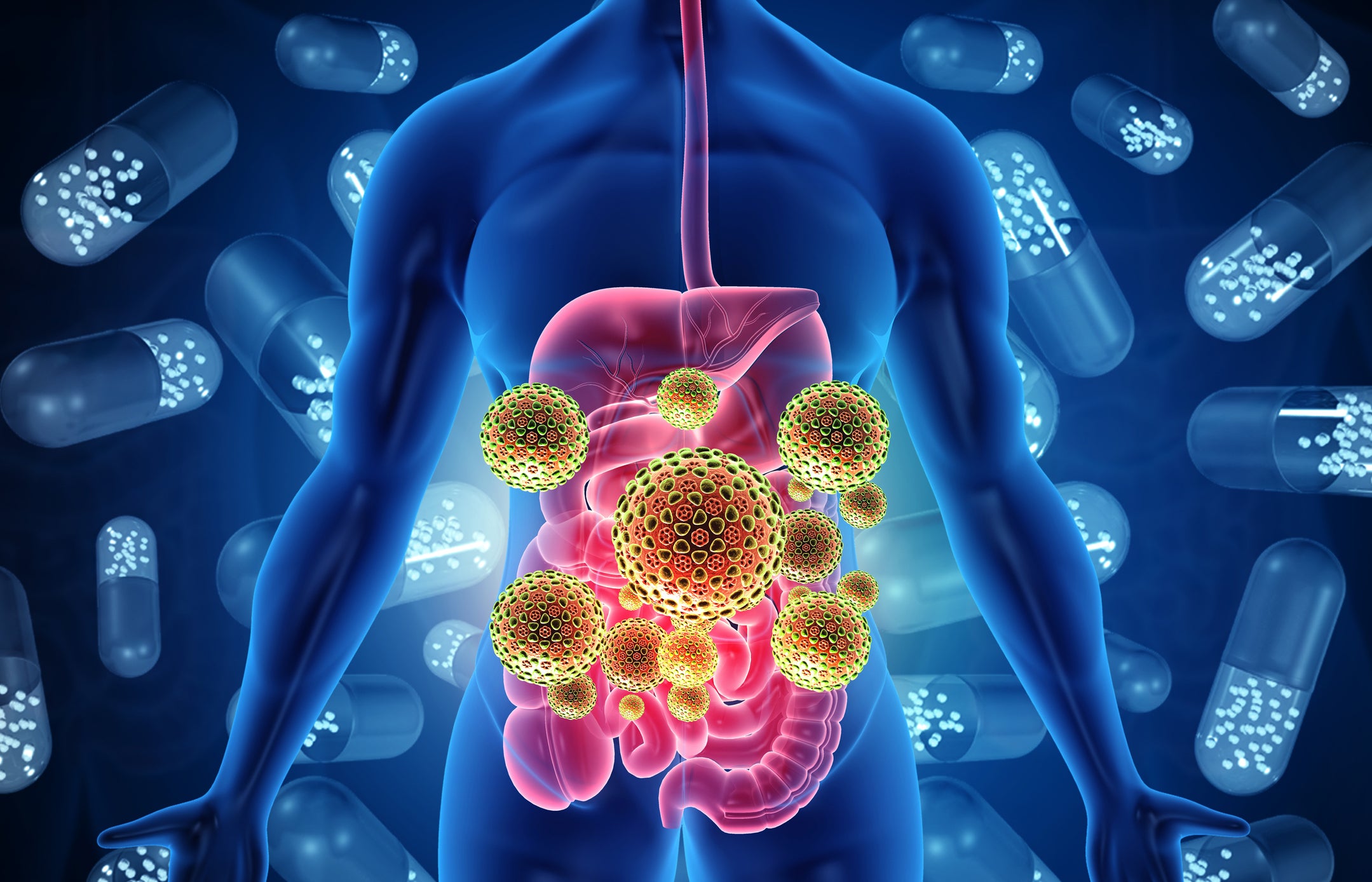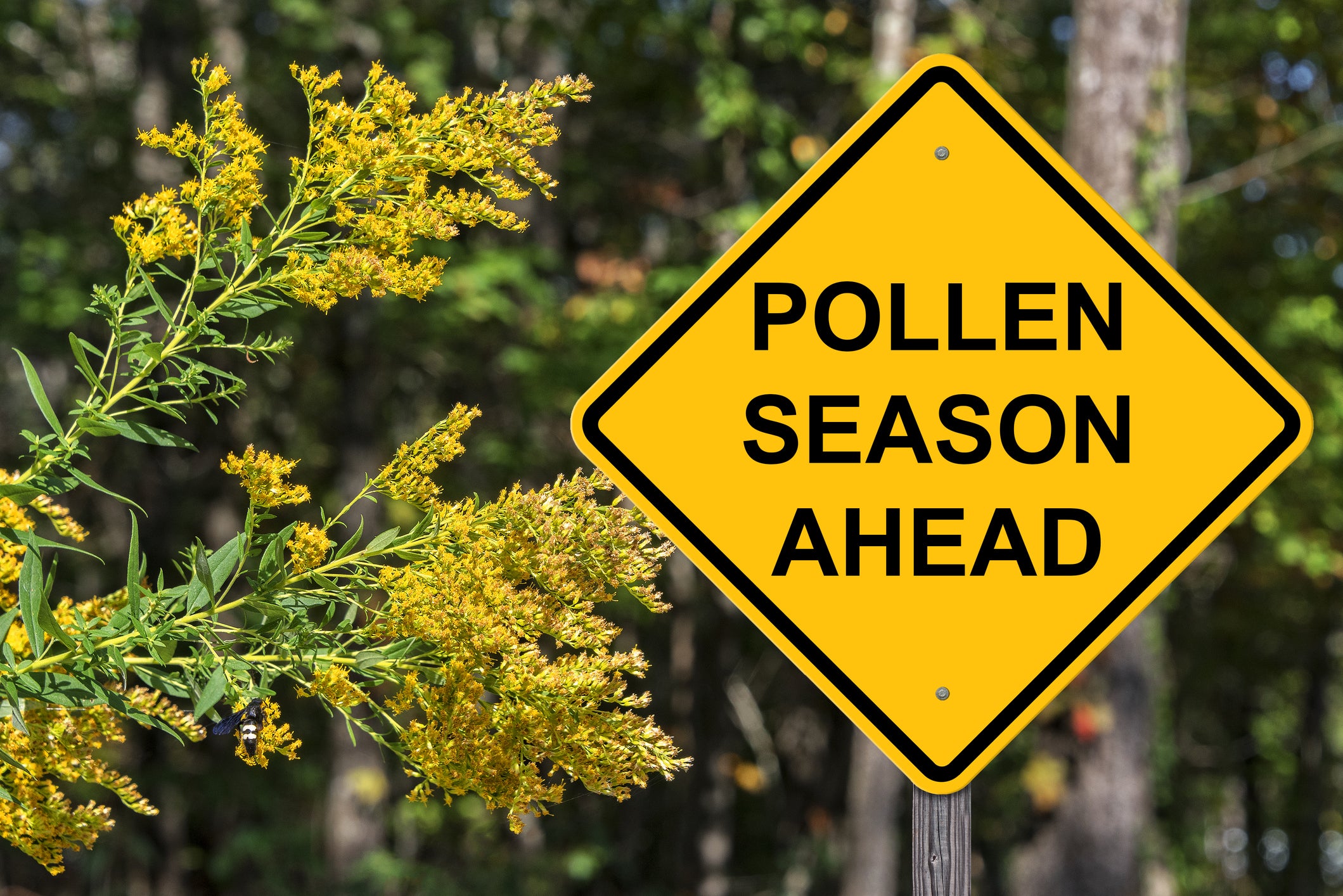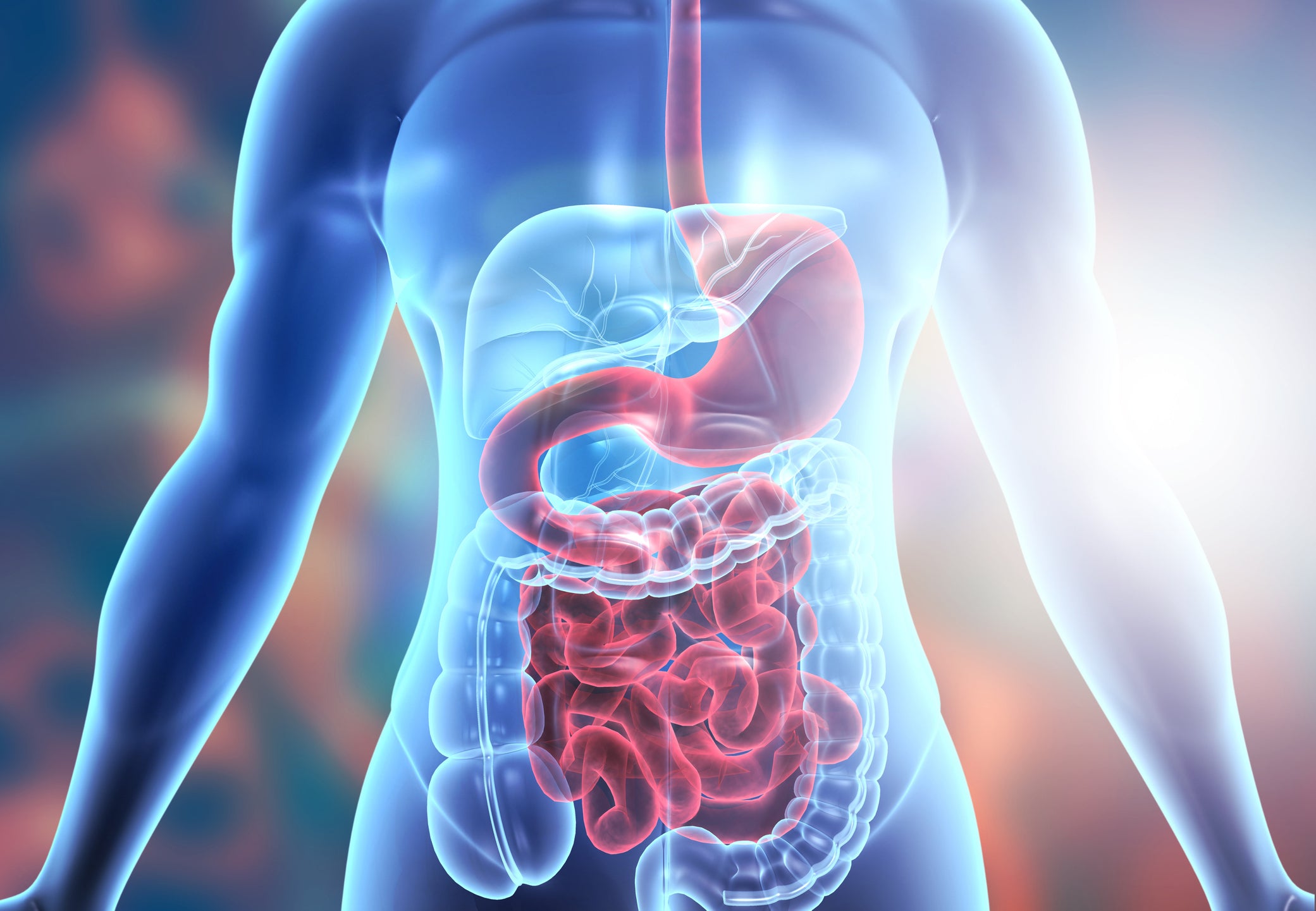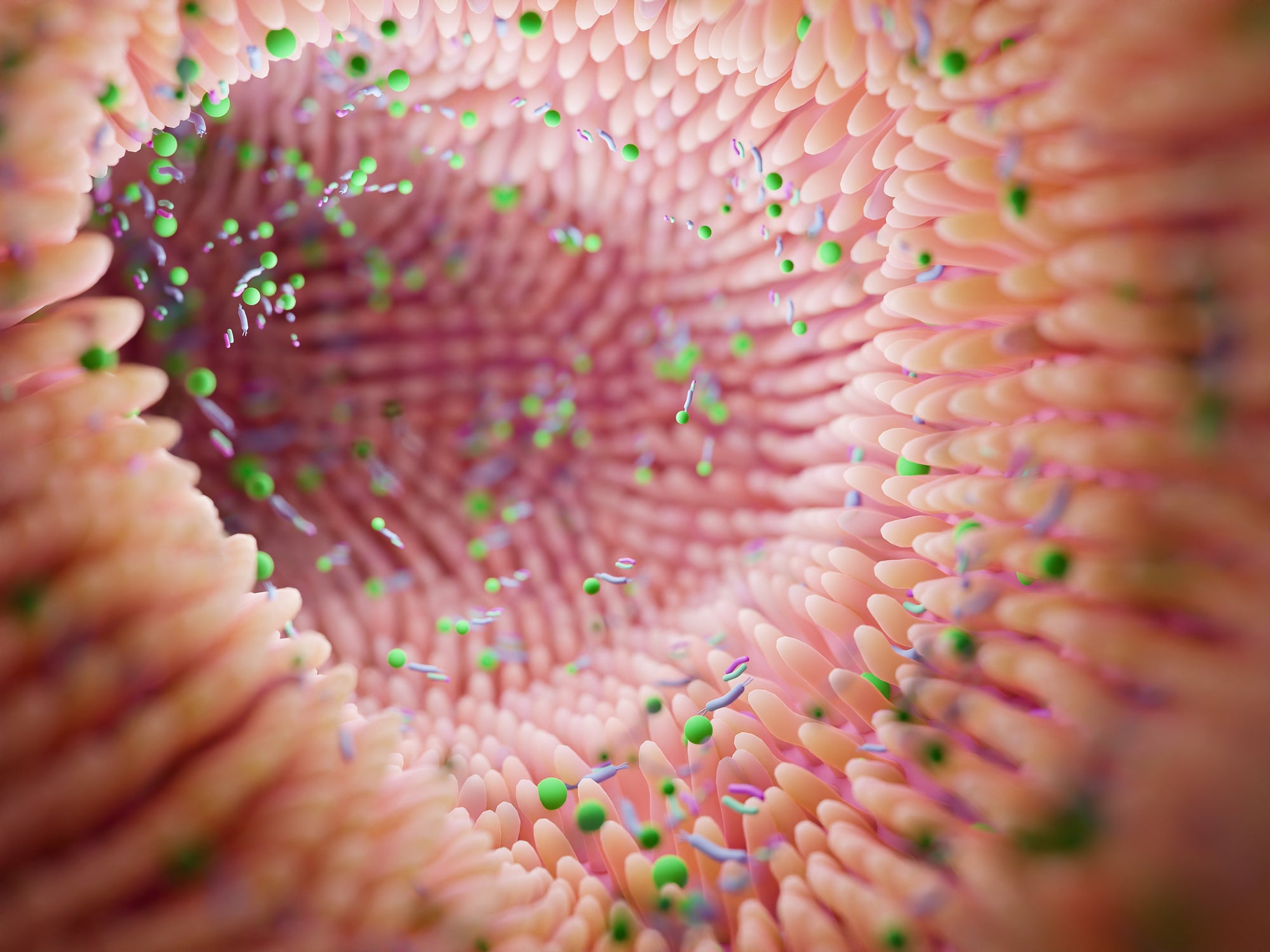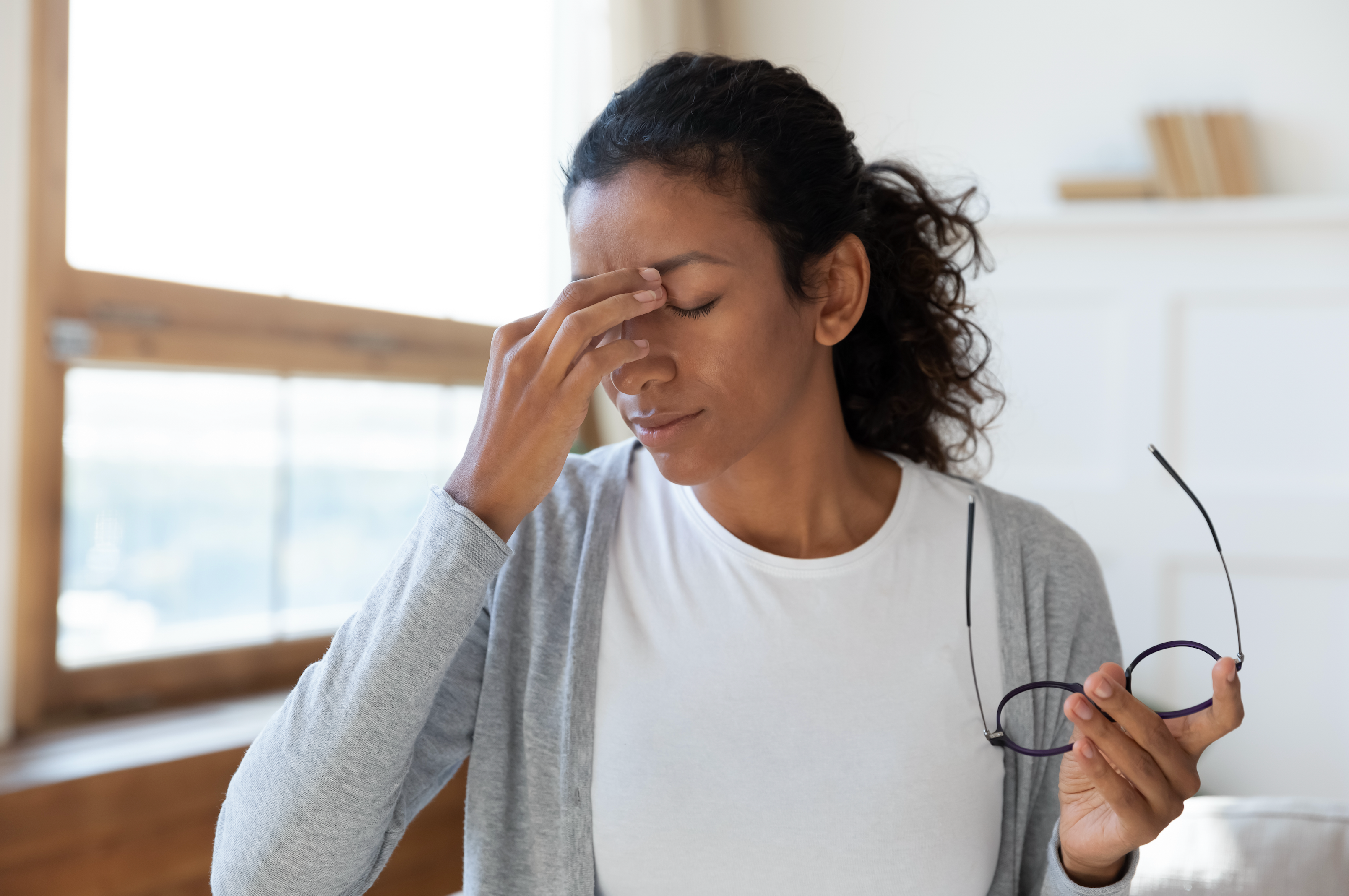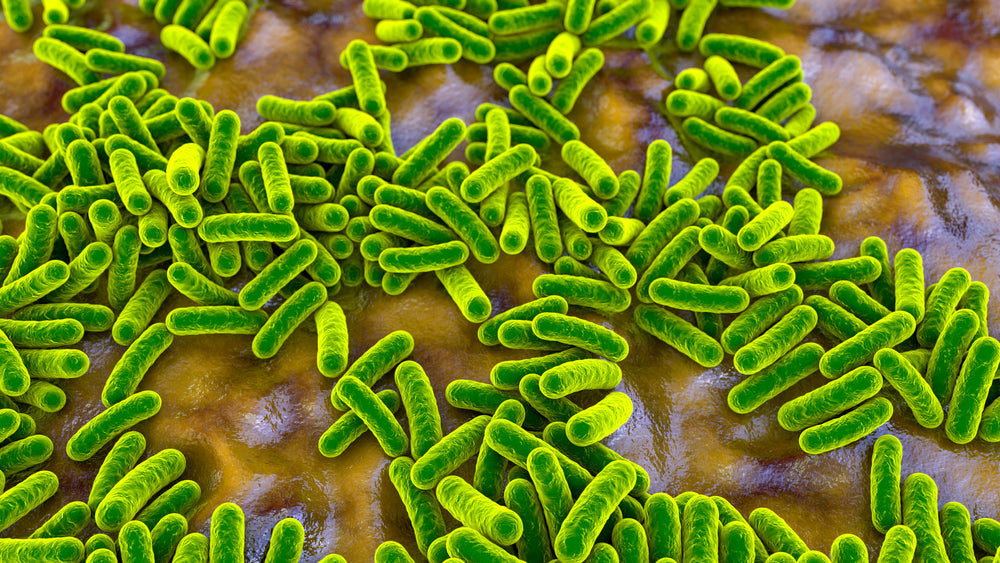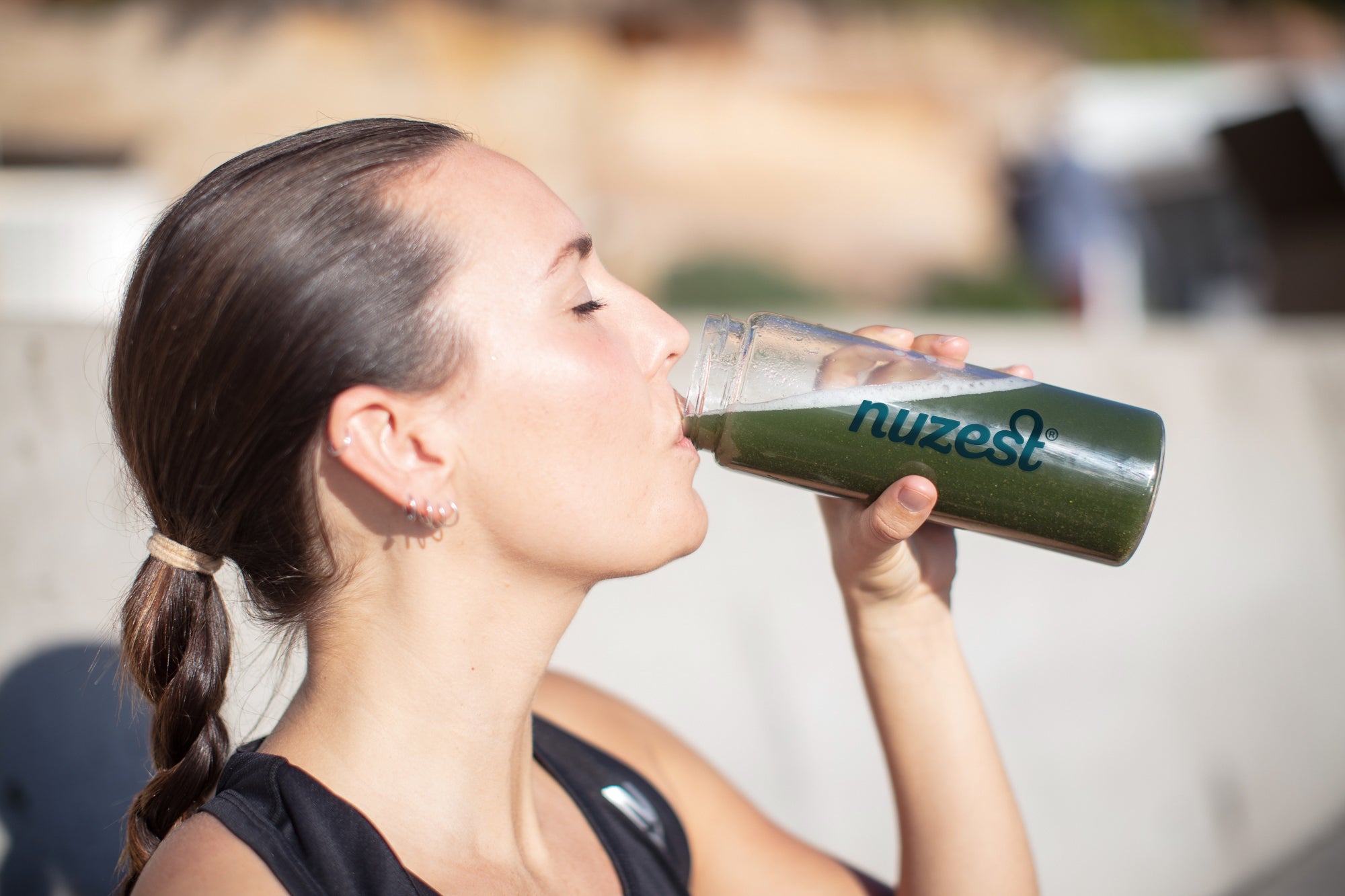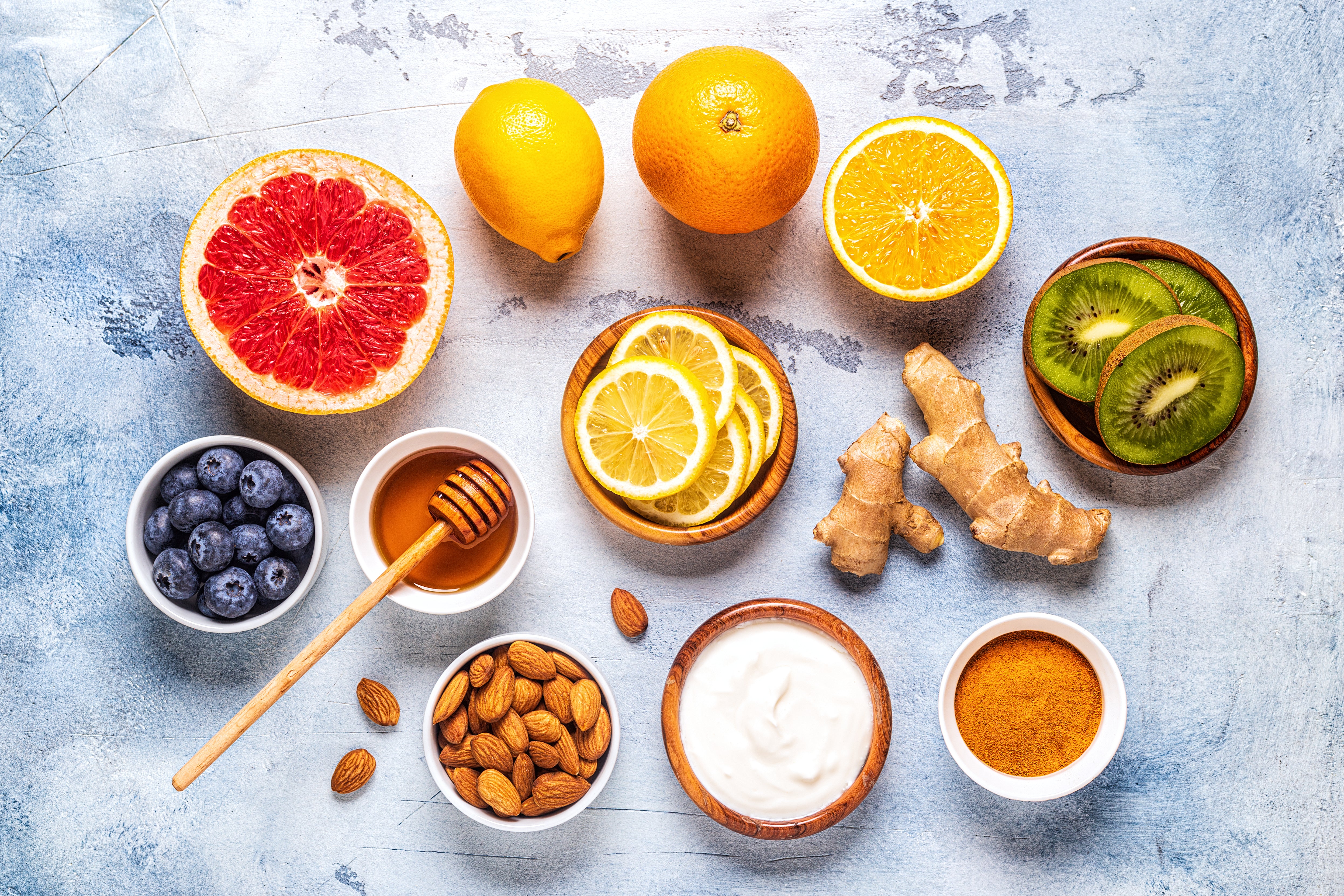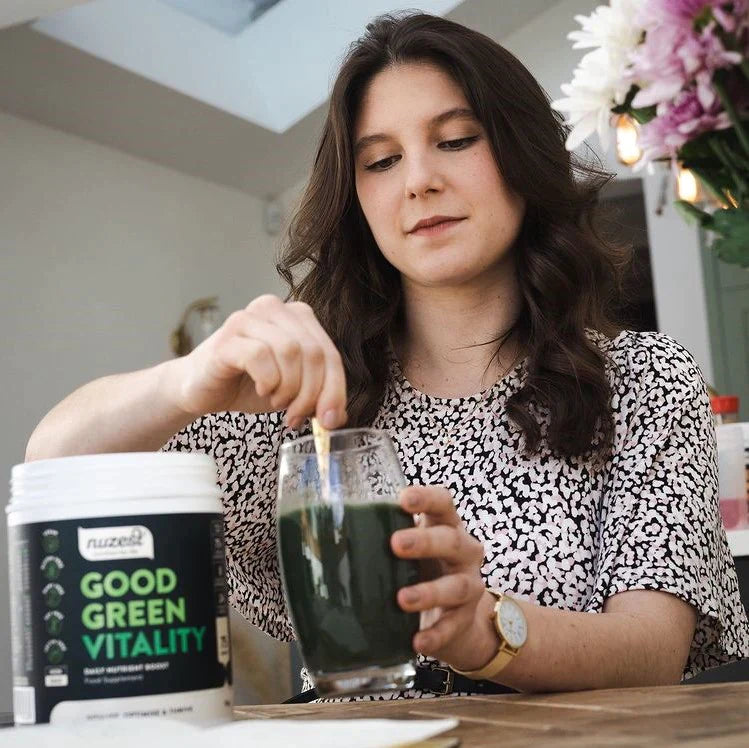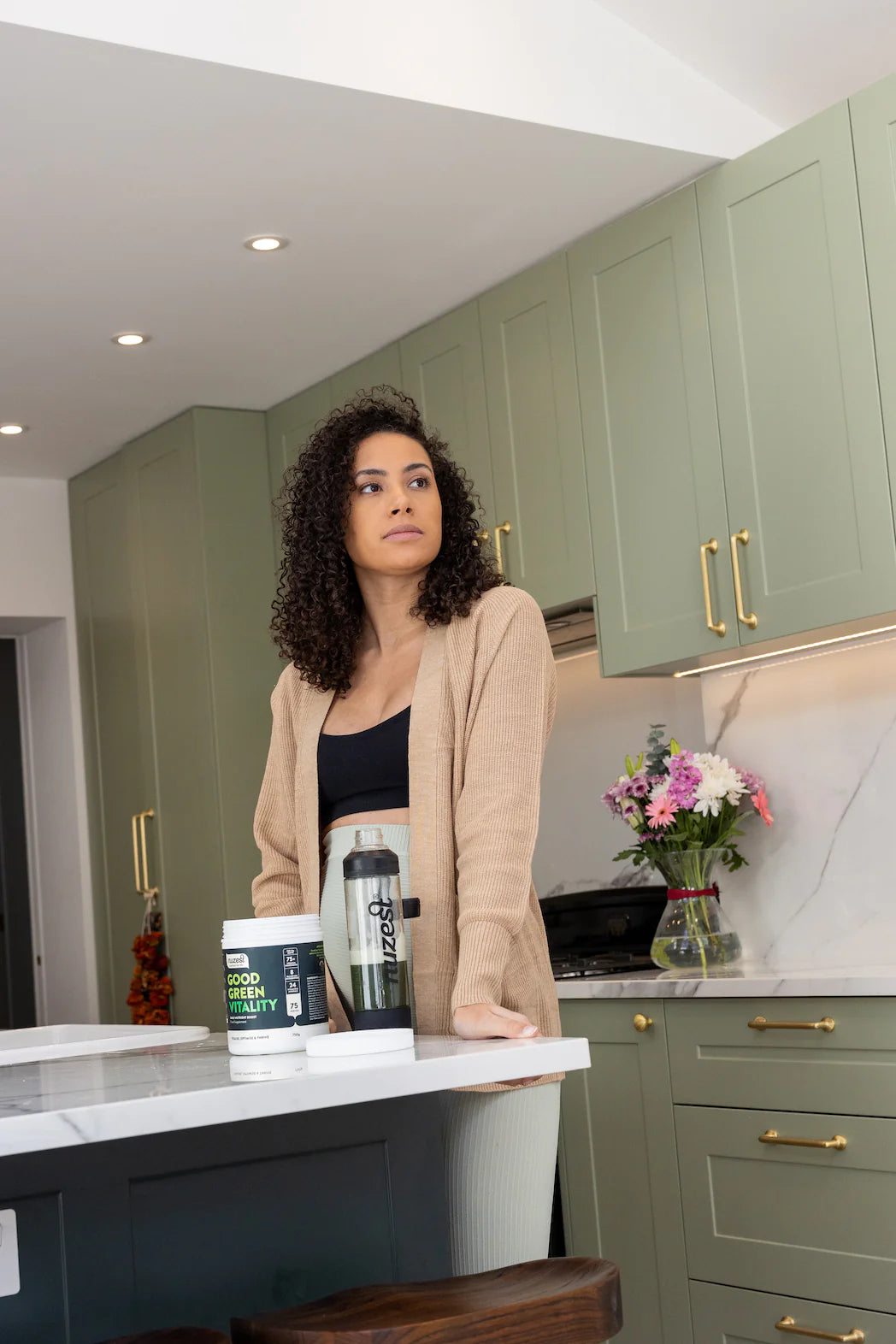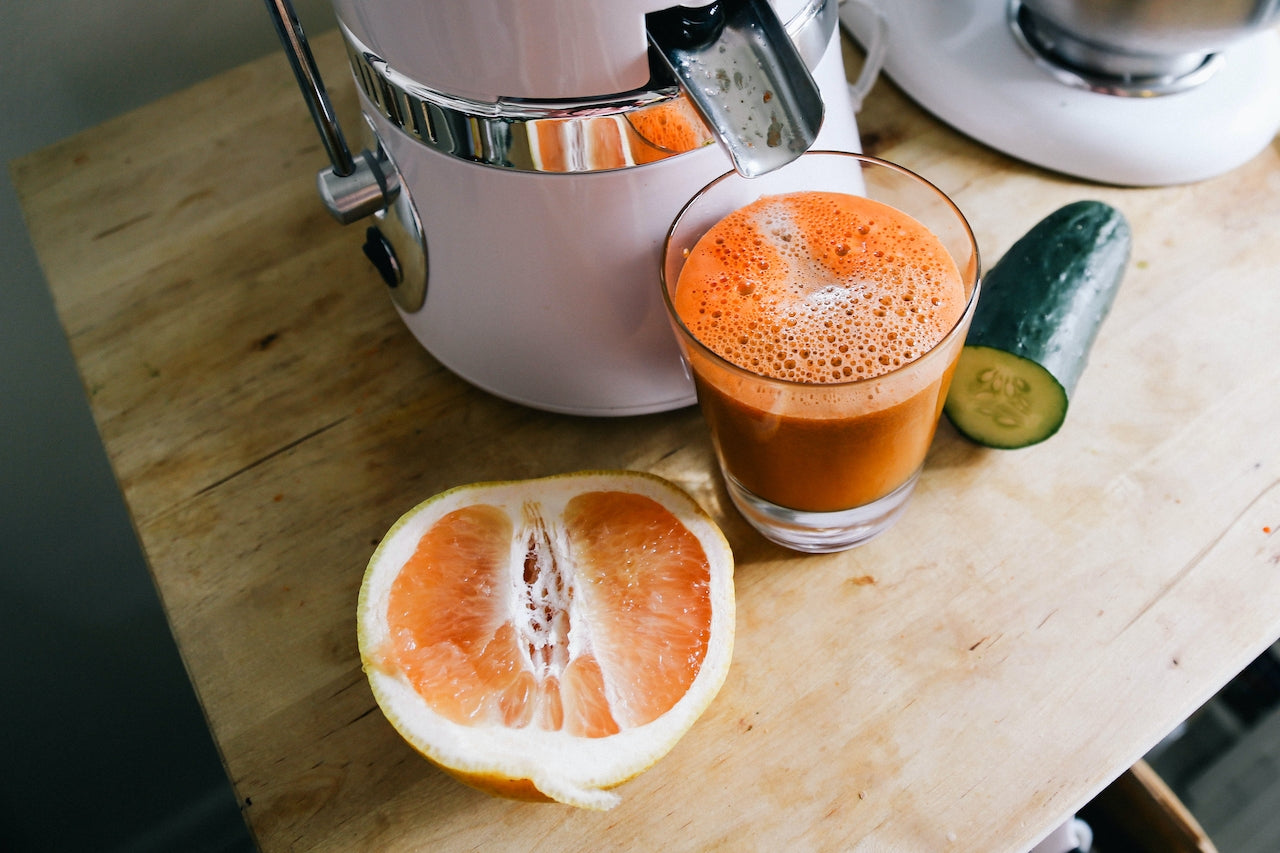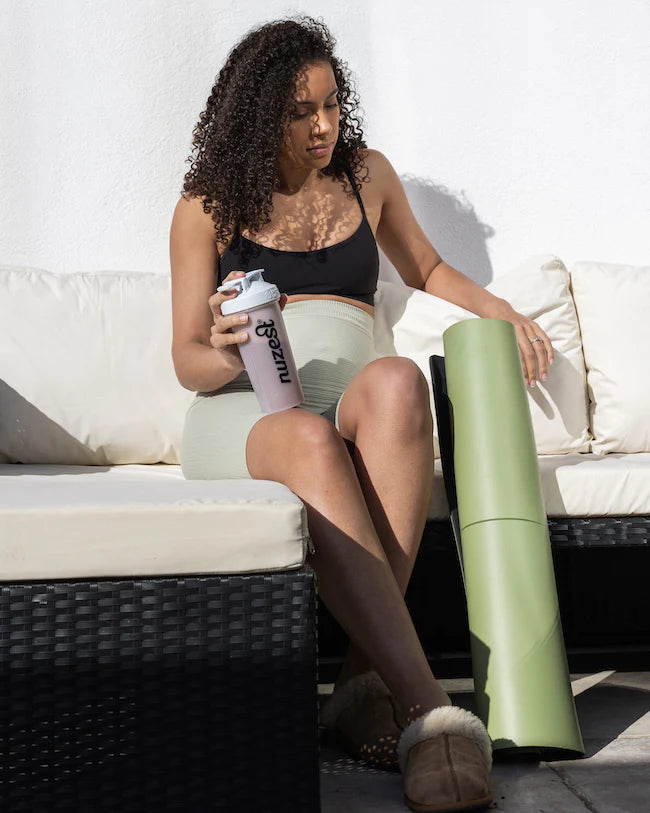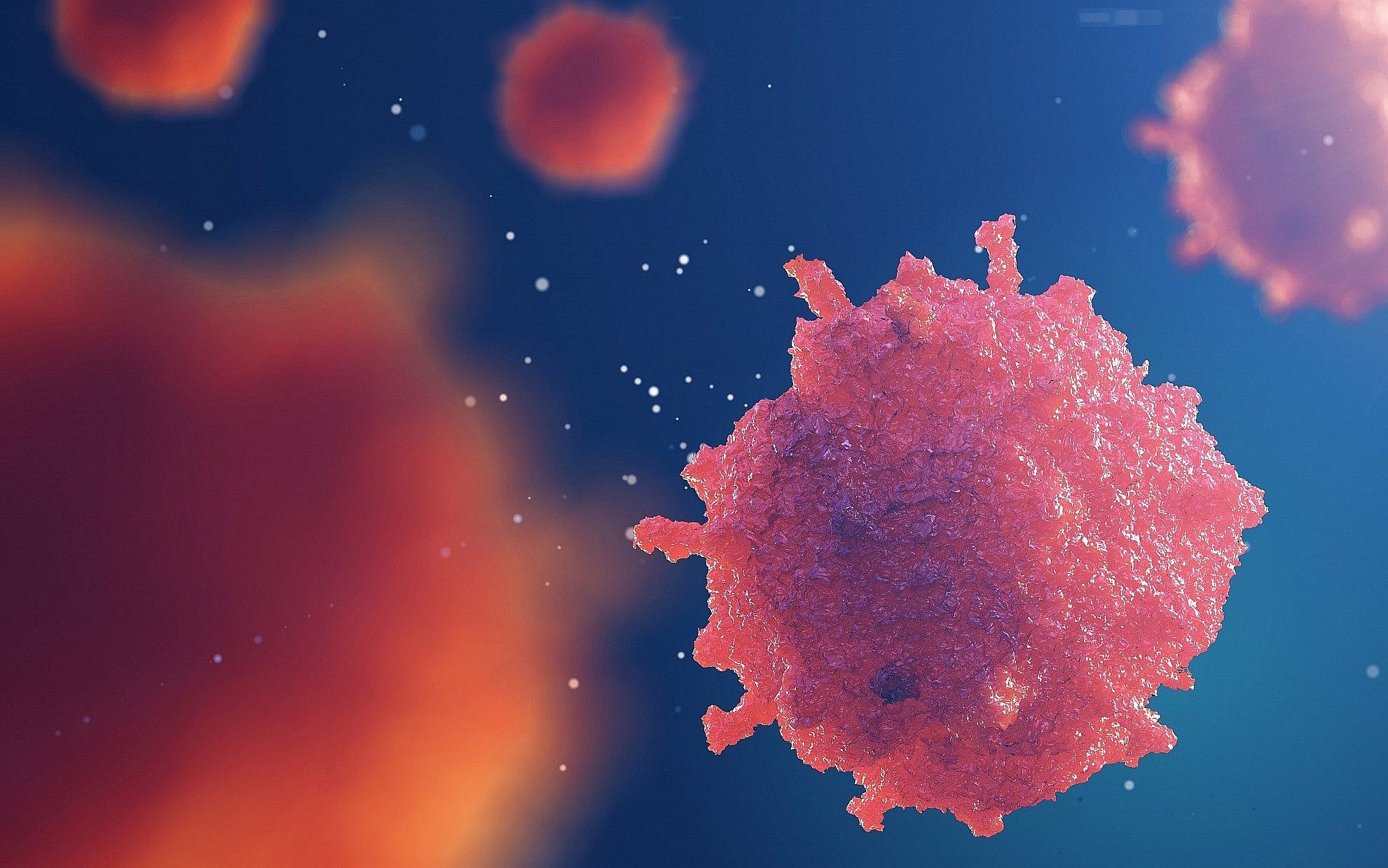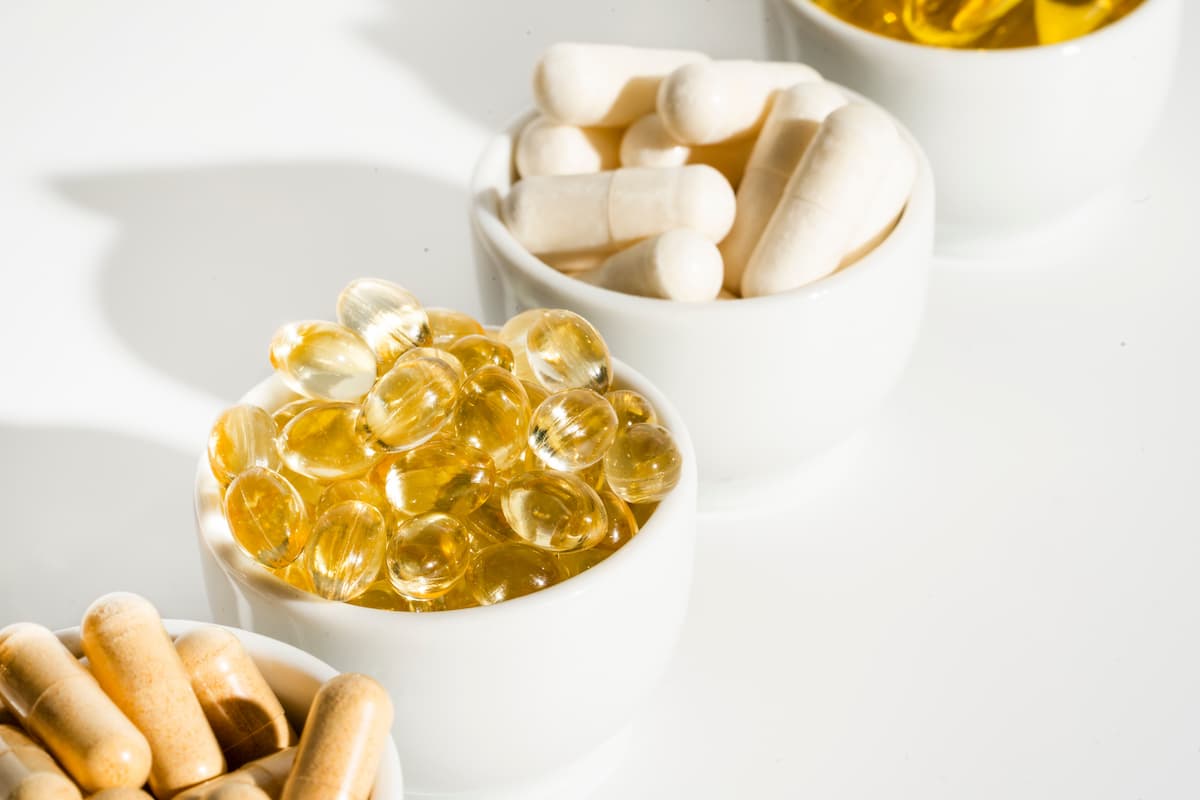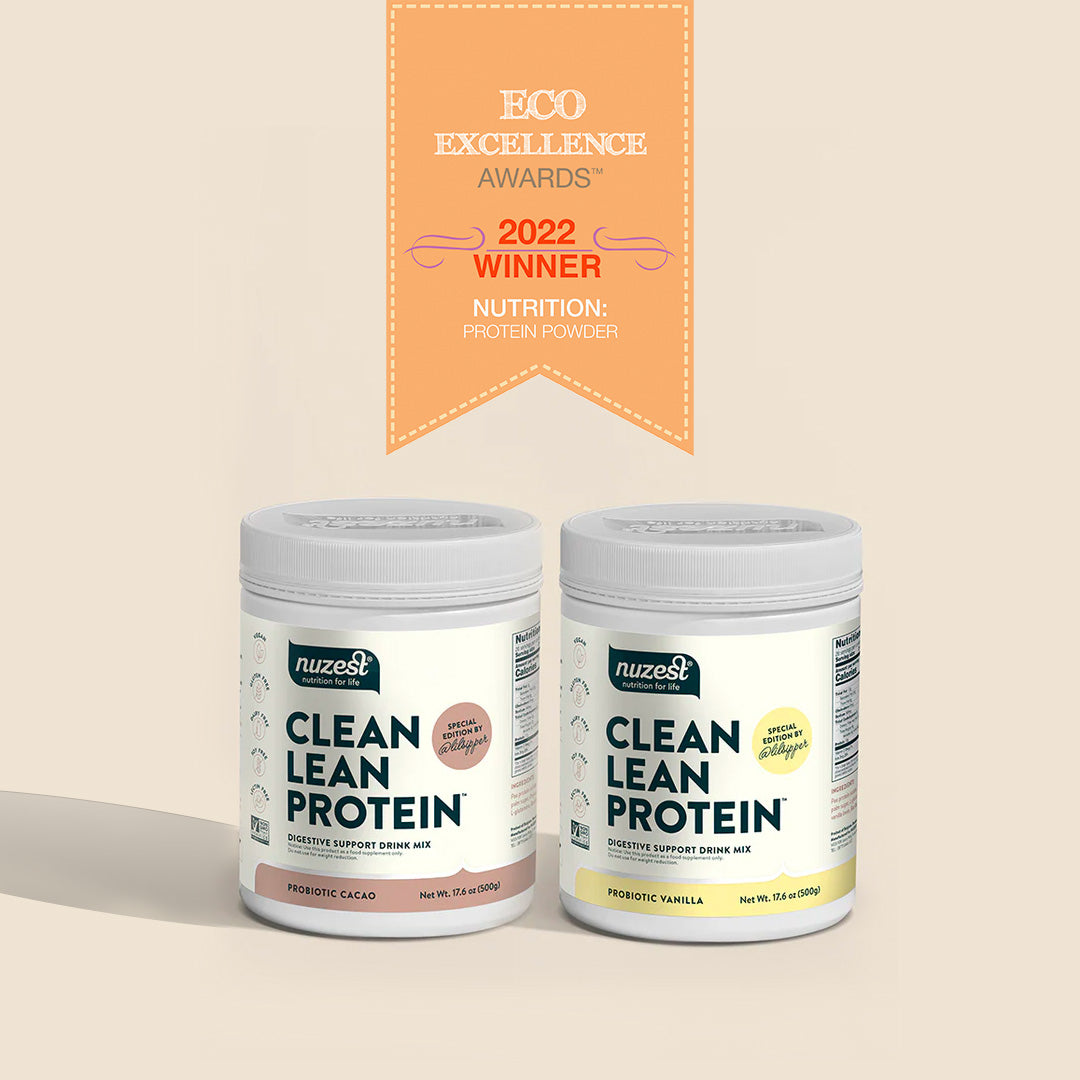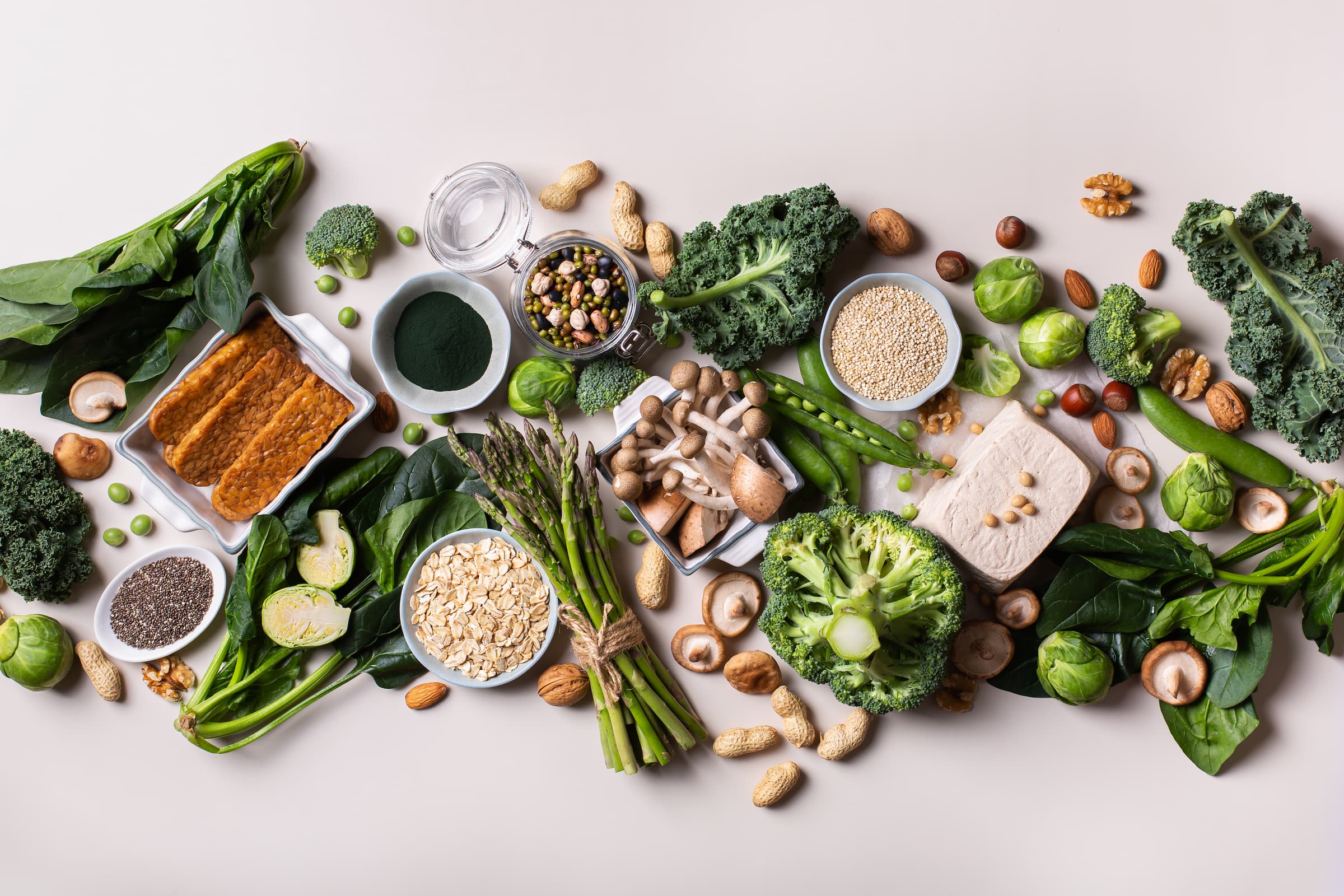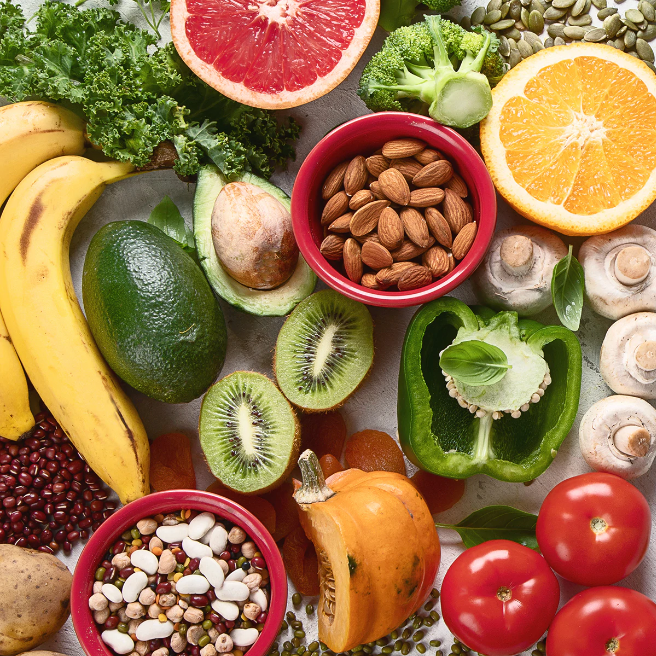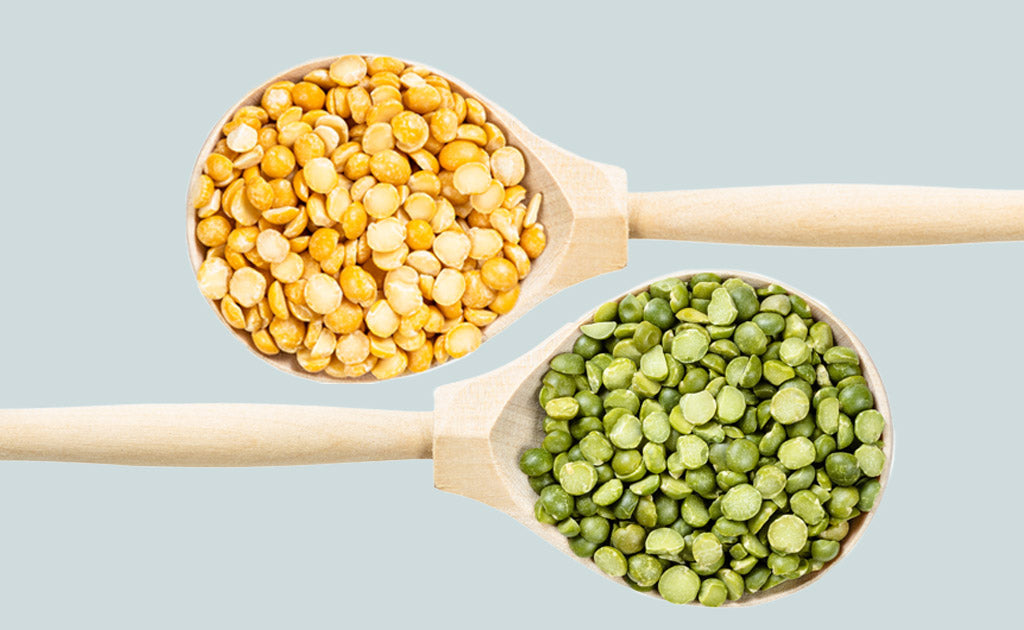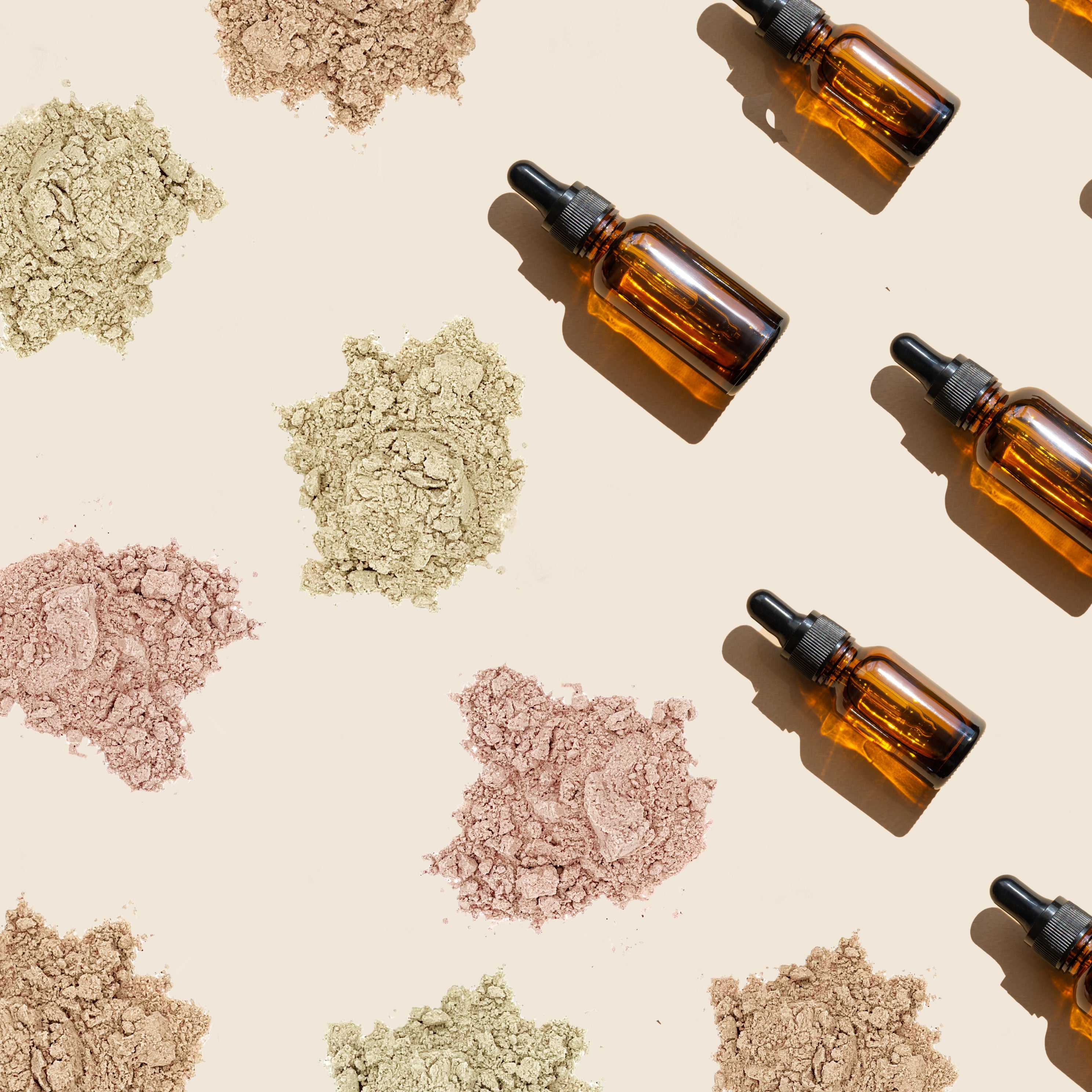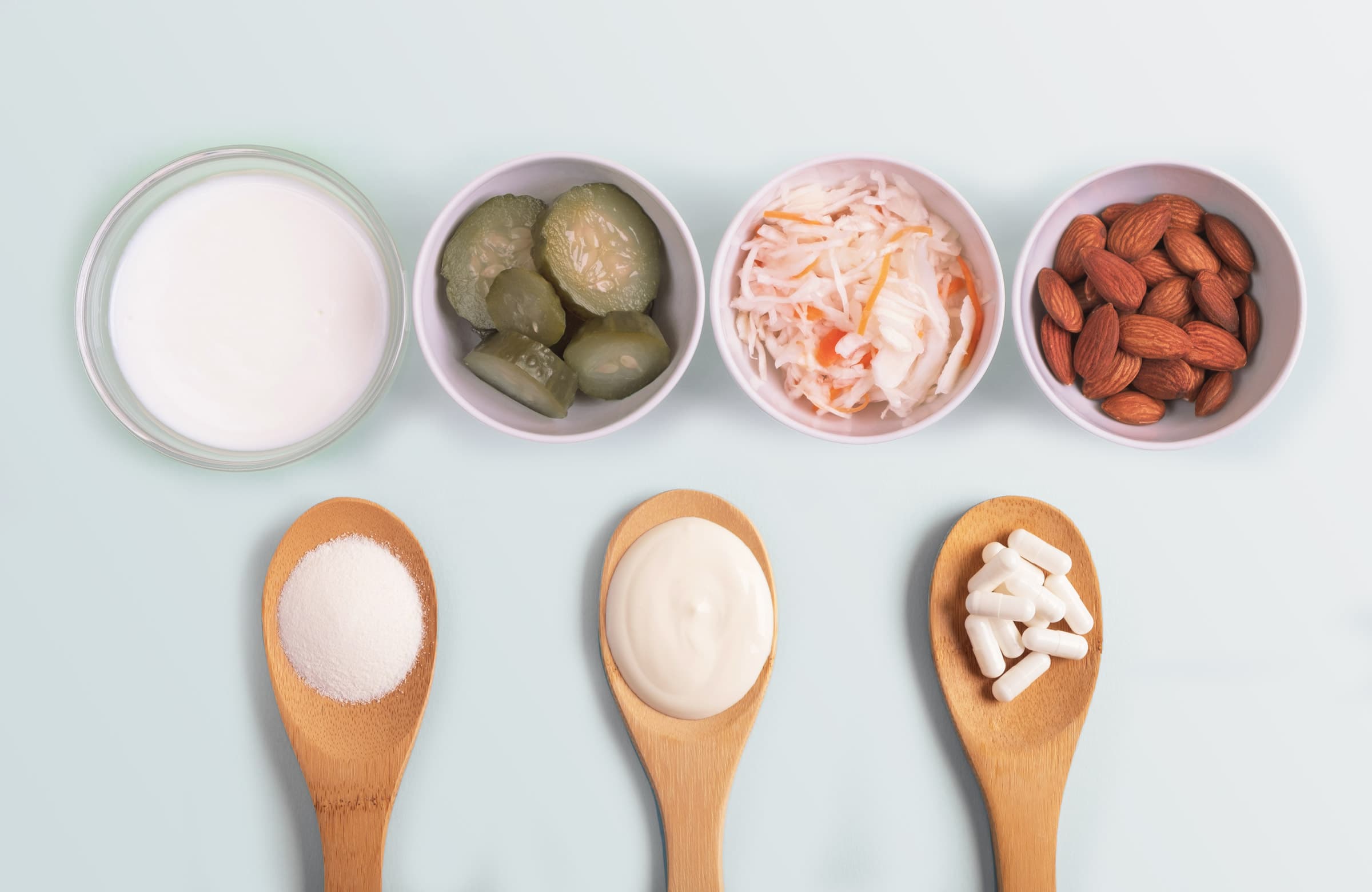Author: Bethany Ugarte
Recently, I asked my followers on my Instagram stories to ask me ANYTHING (no limits) regarding health…and 85% were vaginal related questions. So this post is dedicated to that special area.
You shouldn’t be embarrassed to ask questions and seek answers. In fact, you should! Problem is, many are too embarrassed to ask even their doctor let alone a family member or friend. So of course all submissions were kept all confidential and I never judge anyone from a question they may ask (no question is dumb, and I will never think less of you or anyone for asking).
Please note, I am not a doctor but I have done my research and sought professional advice from my holistic health coach and can also speak from my own experience (some questions I have not personally experienced and some I have. That’s where I did extra digging to get the best natural solutions to share).
OK, SO LET’S GET TO IT!
Vaginal Discharge
Is it normal?
Every woman has some vaginal discharge. It is normal and even needed to keep that area moist and infections away. Normal vaginal discharge is slightly acidic and repels germs. The discharge is mainly a combination of dead cells and vaginal bacteria.
So what is normal vaginal discharge?
It should not have a foul smell or cause any irritation. You probably won’t even know it happened until you see it on your underwear. (you won’t “feel” it when it happens) Color may vary from clear to a light cream.
Discharge also increases during pregnancy, when you’re sexually aroused, or when you’re getting your period for the first time (or starting to gain it back after years of not having it).
What is abnormal vaginal discharge?
Unusual discharge is often a sign of infection or inflammation, such as thrush or vaginosis.
Abnormal discharge happens when it:
- is thick and white, like cottage cheese
- has a foul odor
- is greenish, pink, or brown
- causes irritation
If you notice any related symptoms such as genital sores or ulcers, or if you start having pain in your abdomen, it is best to consult with your Healthcare Practitioner. Abnormal discharge can be a sign of a bacterial infection, such as vaginitis, so it is always best to have it checked out just in case.
Vaginal Yeast Infections (fungus overgrowth)
A vaginal yeast infection is caused by an overgrowth of a fungus that naturally lives in your vagina. This overgrowth triggers irritation, inflammation, itching, and painful discharge. Most women experience a yeast infection sometime during their lifetime so don’t worry – it’s common and can be usually be cured easily.
If you have recurring yeast infections, talk to your Healthcare Practitioner about other safe ways to try to treat a yeast infection or perhaps prevent reoccurrence.
Preventing Vaginal Yeast Infections
- Limit the amount of sugar, yeast containing foods, and processed carbs (and processed foods in general). Yeast thrives on them!
- Wear cotton underwear.
- Don’t spend extended periods of time in wet clothes or bathing suits. After showering, allow your body to air dry after you towel dry before getting dressed. Yeast grows in warm, moist environments.
- Avoid antibiotics and only use if absolutely necessary. Often times, you will get a yeast infection after a round of being on antibiotics. This is the most common ways women get yeast infections.
- Avoid vaginal deodorant sprays and scented vaginal lotions. They may alter the balance of good bacteria and yeast in that area.
Eat Greek yogurt
Yogurt is one of the best forms of probiotics because it contains live bacteria, such as Lactobacillus acidophilus. These bacteria are essential to creating a healthy vaginal environment and can help an overgrowth caused by bacterial imbalance. Just be sure the yogurt is plain and unsweetened. Check out this post about why whole milk yogurt is better than non-fat.
This study confirms eating yogurt helps increase the gut microbiome and can reduce yeast in the body.
If you don’t like or eat dairy or Greek yogurt, then you can supplement your diet with probiotics.
The probiotics I choose are included in my protein powder have been shown to be the best strain to help fight off yeast and candida!
Coconut oil
Coconut oil is well known for its anti-fungal properties. Studies have shown that coconut oil is even effective against C. albicans, making this home remedy one of the few with strong evidence that it actually works.
To treat a vaginal yeast infection using coconut oil, be sure to buy pure, organic coconut oil and make sure it’s steril (i.e. don’t grab that jar you’ve been using to cook with! You can apply the oil directly to the affected area at night.
Apple Cider Vinegar
An apple cider vinegar bath is actually quite popular among natural yeast infection cures. When you add a half cup of apple cider vinegar to a lukewarm bathtub and soak for 20 minutes, the acidic component of the vinegar can eliminate any harmful microorganisms, including yeast.
An apple cider vinegar bath is NOT the same as douching, and may flush out all bacteria (good and bad) from your vagina. Doing this may leave you prone to a rebound of the yeast infection.
*Vinegar should be diluted in water before touching the skin.
You can also orally consume apple cider vinegar in warm water daily. Not only can this help prevent yeast infections but there are so many other health benefits too long to dig into now (I’ll save that for another time! But there are many articles out there if you want to dig deeper yourself).
Hopefully this blog post helped answer your vaginal questions (I know there were many others but I'm trying to keep it concise).


